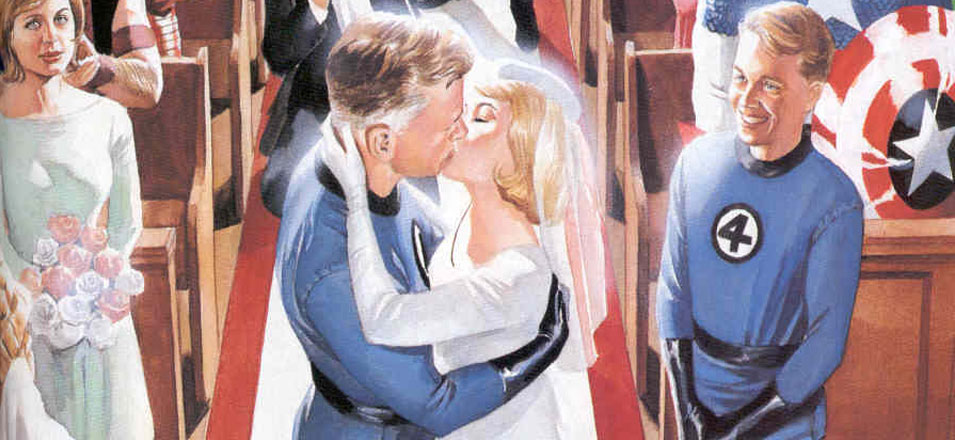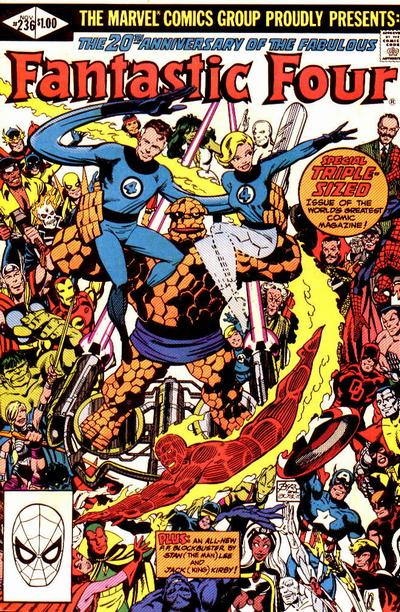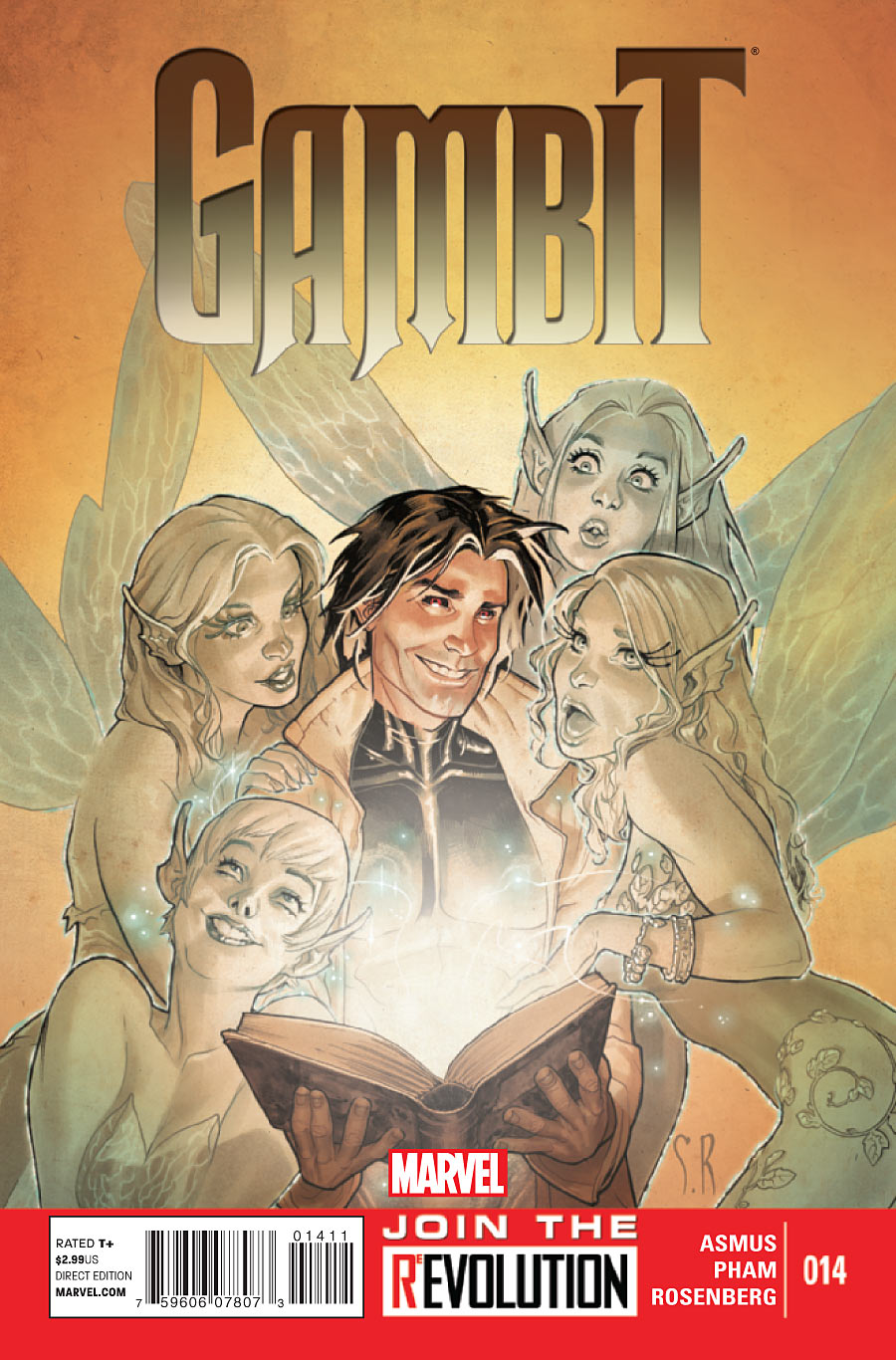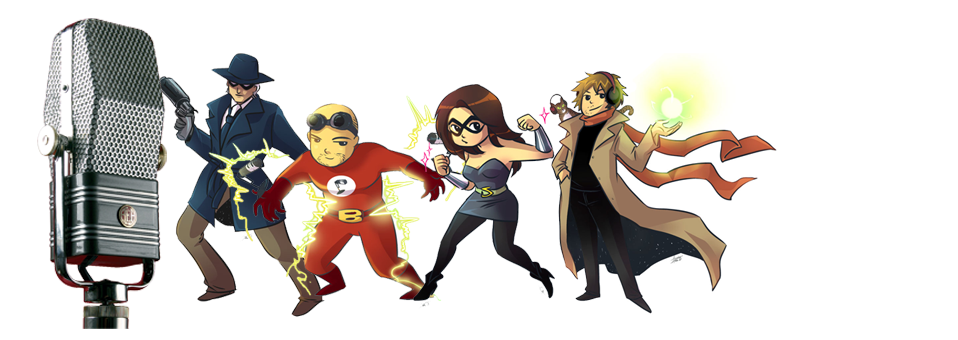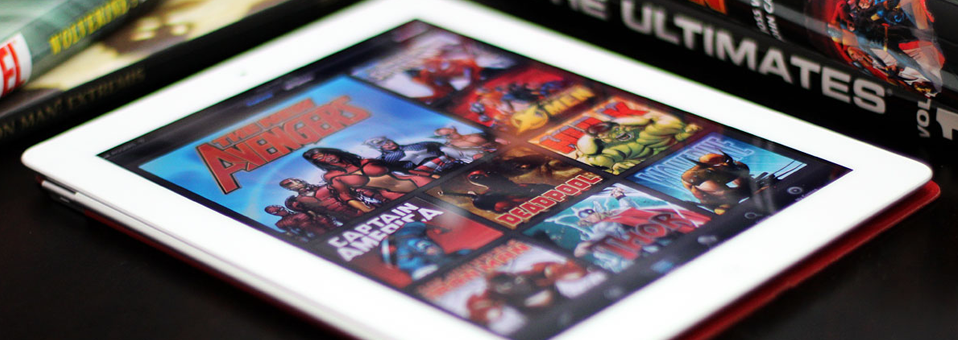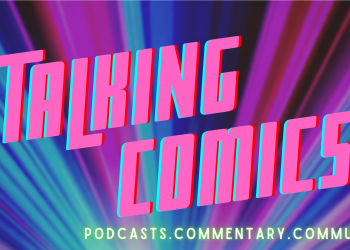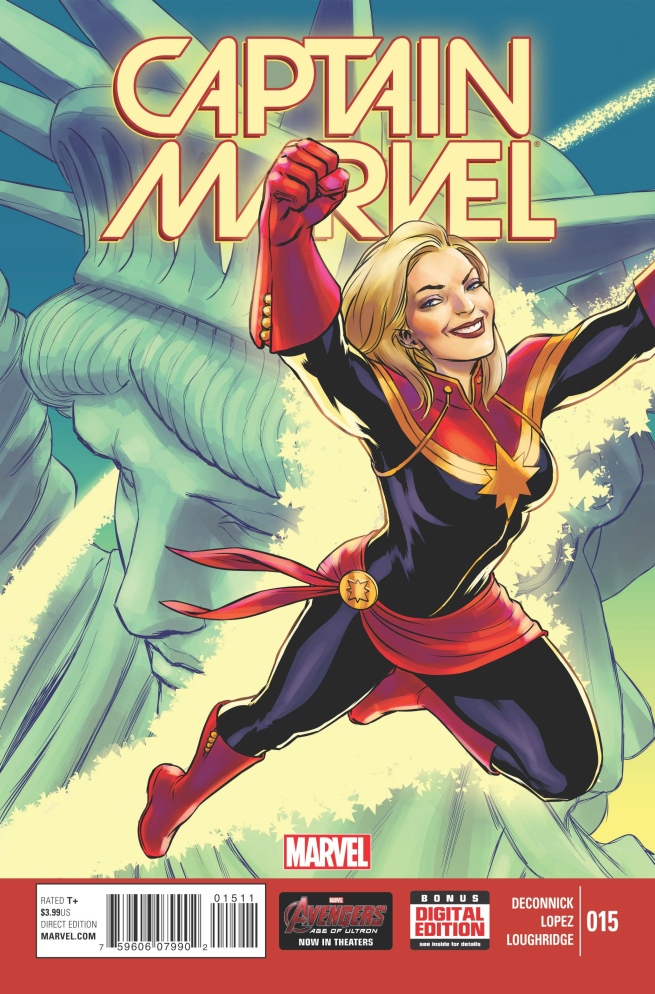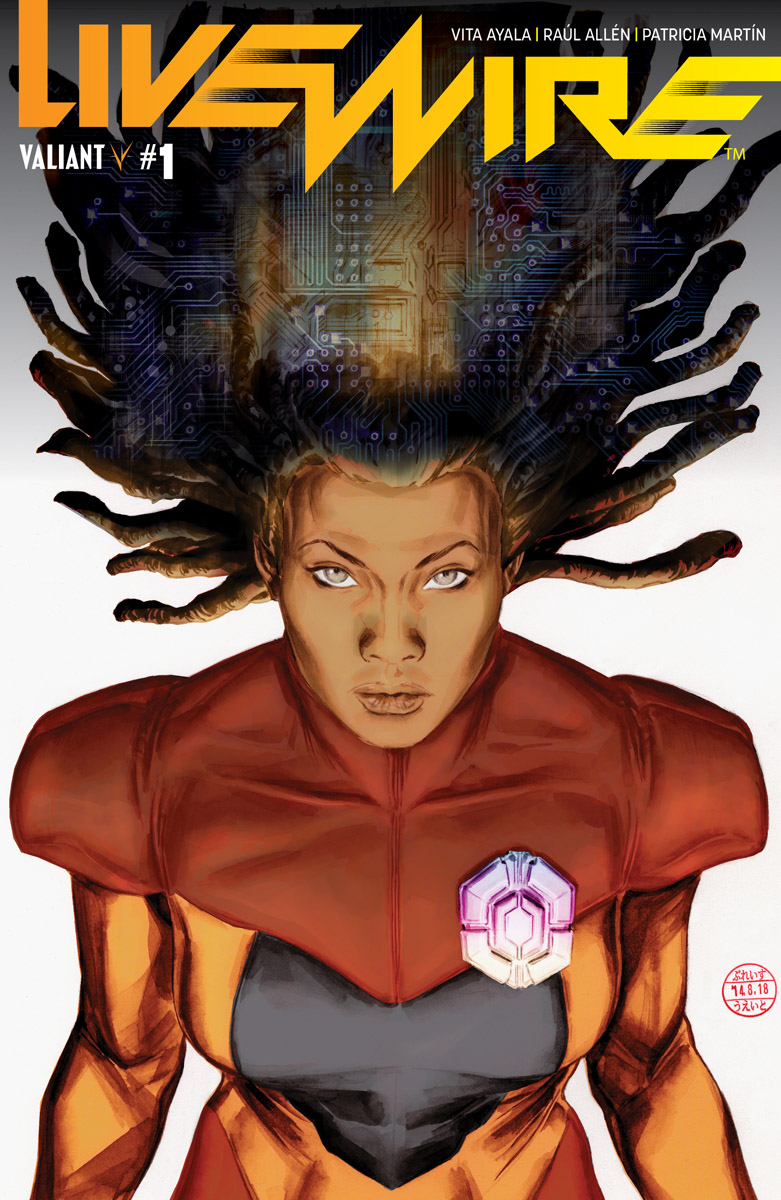
I can only imagine the reaction the Black Panther received when he leaped from the pages of the Fantastic Four #52. I’ve always existed in a world where there were African American heroes. I’ve never thought it controversial that minorities be represented as the hero of the adventure and not just the antagonist or worse yet, simply a henchman. I’ve also never lived in a world where super heroes didn’t look like myself, a middle class white guy. Black Panther changed the world of comics forever and for the better. Not only was he the first African super hero but also one of the most intelligent and capable heroes ever created in the comic medium. He is the character others defer to and look to for leadership and in my opinion one of the coolest characters ever designed. His adventures have filled thousands of pages and is one of the most popular superheroes ever created, so much so that Marvel has deemed him MCU worthy with the inclusion of the Black Panther in Captain America: Civil War and in his own upcoming film to be released in February 2018. But even more important is the fact as of July 1966 minority comic book readers finally saw a hero who looked like them explode from the pages and into the American zeitgeist and has yet to let go. I equate it to the morning of November 5, 2008 when countless African American children and really any minority child awoke and saw a President who looked like them leading the free world and they knew that they to could achieve greatness.

Stan Lee and Jack Kirby created the Black Panther in 1966 during the Civil Rights struggle engulfing the nation. He was the first Black mainstream superhero predating the Falcon by three years and Power Man by six years. From his introduction the Black Panther has been a popular character with a backstory clearly from the progressive mindset of the two principle architects of the Marvel Universe. T’Challa, king of Wakanda, the most technological advanced country in the world since it sat atop the Great Mound home of Vibranium. A country wrapped in mystery, cut off from the world, never to be successfully invaded, and whose leader, the chieftain of the Panther Tribe, is the embodiment of a warrior cult who serves as the religious, political, and military leader of the country and the personification of the Panther God. Like many characters created in the ‘60s who and what the Black Panther is and has become are due to expansion and extrapolation of what Lee and Kirby created but all of the core ideas of the Black Panther were present in that early Fantastic Four tale and created a foundation of a character as relevant today as he was in 1966.

My first experience with the Black Panther was in the pages of the Avengers and the character instantly intrigued me. It wasn’t just one aspect of the Panther rather it was all of them. The costume is perfect. The backstory was compelling. But the kicker was that he isn’t a super hero. Rather he’s a religious icon and monarch whose ‘costume’ is more akin to a religious habit than a costume. I never wondered if it was unusual for a young middle class white kid from the Midwest to be so invested in the tales of an African monarch and the first black superhero but then I really didn’t care, I loved the Black Panther. I came to the character through reprints of the Roy Thomas Avengers I found in the quarter box of the comic shop my mother thankfully drove me to once every month. I read and reread those issues and was entranced with the John Buscema artwork. Unfortunately Panther didn’t have his own series in the early days, rather he hopped around comics in the ‘60s and every appearance was hard for me to track down. He appeared in the Fantastic Four, Tales of Suspense (Home to Captain America at the time), and even Daredevil. But his consistent appearances were in the Avengers and Roy Thomas expanded not only the Black Panther but also Wakanda and solidified him as a Marvel mainstay when he had Captain America pick and vouch for Black Panther to be his replacement on the Avengers. Roy Thomas and John Buscema’s Black Panther is the Panther I always think of first. Not only from a character point of view, since his genius and leadership were always on display but also the visuals as Buscema’s rendering of the Black Panther are simply gorgeous. He made him lithe and athletic and he had way of making what appeared to be a simple costume into a beautiful garb. It also didn’t hurt that they introduced my favorite Black Panther villain of all time in the Avengers #62, the Man-Ape. I don’t know why I love the Man-Ape but then what’s not to love about a giant of a man draped in the fur of a White Gorilla and gifted superior strength and endurance by bathing in the blood and eating the flesh of the White Gorilla. And his look is perfect, he oozes villainy and I’m happy every time he shows up in the pages of the Black Panther.

I didn’t understand the importance of the Black Panther when I first read his stories. I just thought he was badass and cool. But as I reread many of these tales recently I’ll be honest that they have some cringe worthy moments. I have no doubt that Lee, Kirby, and Thomas all had wonderful intent and were forward thinking but what was common vernacular in 1966 is today less then ideal and inappropriate. I recently reached out to Bob Reyer, the heart and soul of the Talking Comics family, for his input on how the early Lee and Kirby issues read when first released to hopefully give context to the time as well as informing new readers an understanding of the intent.
Yes, looking back it (Black Panther) can seem a bit too much like it’s revisiting some old cliches and stereotypes, but when you remember that Stan & Jack grew up watching Johnny Weismuller “Tarzan” movies and other “jungle adventures”, they did a fairly nice job in inverting the “Noble Savage” trope and gave the world something new and daring, which is how it played in 1966 for mostly everyone.

The Black Panther received his first solo series in the pages of Jungle Action, starting with issue #5 and ending with issue #24. The architect of this series was Don McGregor, who is in my opinion an underappreciated writer of Marvel’s Bronze Age. I know it comes across as stereotypical to place the Black Panther in Jungle Adventures but for all intent and purpose the book was simply a Black Panther title. I didn’t get to read the entirety of Jungle Action until the ‘00s when I finally pieced an entire run together. Having read it as an adult I can safely say that McGregor was ahead of his time as he told his stories in multi-part epics that are common place today but were rare in 1973 when one or maybe two issue stories were the norm. McGregor’s Black Panther was socially relevant and his Panther’s Rage story (Jungle Action #6-18) was an exciting ride through the world of Wakanda that greatly expanded the countries history and the Black Panther mythos. McGregor also created Black Panther’s most formidable rival when Erik Killmonger was introduced in Jungle Action #6. Panther’s Rage also created a Rogues Gallery of villains for the Black Panther, some of which still hold up today and others are best forgotten. After the Panther’s Rage storyline McGregor decided to pit the Black Panther against the KKK in a story rightfully called Panther vs. the Clan (Jungle Action #19-24). I recently reread this storyline, and even though it is from 1973 it is still socially relevant and one of the most important pieces of fiction that Marvel has ever produced. It was controversial at the time and I’m sure there was pushback not to publish it but I’m glad it was released, as it is an excellent read. Luckily Marvel recently collected all of these issues in the Epic Collection: The Black Panther and it should be read by all Black Panther fans, not just for the story but also the Billy Graham artwork that built off of the Buscema look but defined it for the remainder of the ‘70s and ‘80s. The detail and athletic prowess conveyed in Graham’s artwork is still some of the best Black Panther artwork ever created.

Unfortunately Jungle Action’s sales were low so the title ended with issue #24 But Black Panther fans didn’t need to wait long before a new Black Panther title hit the shelves, this time by Black Panther co-creator Jack Kirby. Jack Kirby returned to Marvel in 1977 after his stint at DC where he spent time creating the tapestry of comics that has come to be known as the Fourth World. One of the first books he took on when he returned to Marvel was Black Panther. I know that this may sound blasphemous but I wish Kirby had stayed away from the Black Panther. Kirby’s twelve issues on Black Panther are, in my opinion, a hard read and they are a vast departure from what McGregor and Graham had done with the character. It felt like Kirby had a story he wanted to tell and Marvel forced him to use the Black Panther to tell it. If you read the Kirby series you’ll be lost from the outset. It does not pick up where Jungle Action left off and it is a disjointed mess with poor dialogue and forgettable villains. It does have beautiful artwork and luckily Christopher Priest will eventually clean up the Kirby issues during his epic, character redefining run in the ‘90s and early ‘00s.

Kirby left the Black Panther with issue #12 and the series only lasted a few more issues before it to was cancelled with issue #15 and the story being told was wrapped up in Marvel Premiere #51-53. Ed Hannigan and Jerry Bingham took over for Kirby and righted the ship, returning the Black Panther back to his Wakandan roots. For the remainder of the ‘70s and early ‘80s the Black Panther served a guest star or one of the rotating members of the Avengers before their ranks grew to large and he was expelled with many others in Avengers #181. Peter Gillis took hold of the character (along with returning artist Jerry Bingham) in the Invincible Iron Man Annual #5 in 1982. It is exactly what an Annual should be, a fun tale that isn’t tied to a current storyline from the ongoing. It’s a great refresher in the history of the Black Panther and left me wanting more Black Panther when I originally read it. There was a mini-series in the mid ‘80s, again written by Peter Gillis with some beautiful artwork by legendary artist Denys Cowan. It’s a nice story four part story that didn’t alter the character greatly and was followed up a few years later with the Panther being featured in Marvel Comics Presents bi-weekly anthology book, with art still by Cowan but being written by Don McGregor in a triumphant return to the character. The Black Panther story in Marvel Comics Presents was titled Panthers Quest and served as a sequel to Panthers Rage and the Panther vs. the Clan from his Jungle Action run. It was an enjoyable story but not as groundbreaking as Panther’s Rage and Panther vs. the Clan had been and reading it in small chunks over the course of Marvel Comics Presents #13-37 made it somewhat difficult to get into the story but once completed it reads as a nice story with great artwork. McGregor told one more Black Panther story with Dwayne Turner in the prestige format mini-series Black Panther: Panther’s Prey in ’91 and served as a final to McGregor’s time with the Black Panther. After this mini-series the Black Panther was relegated to guest appearances for most of the decade, until his brilliant return in Marvel Knights Black Panther… but more on that next time.


